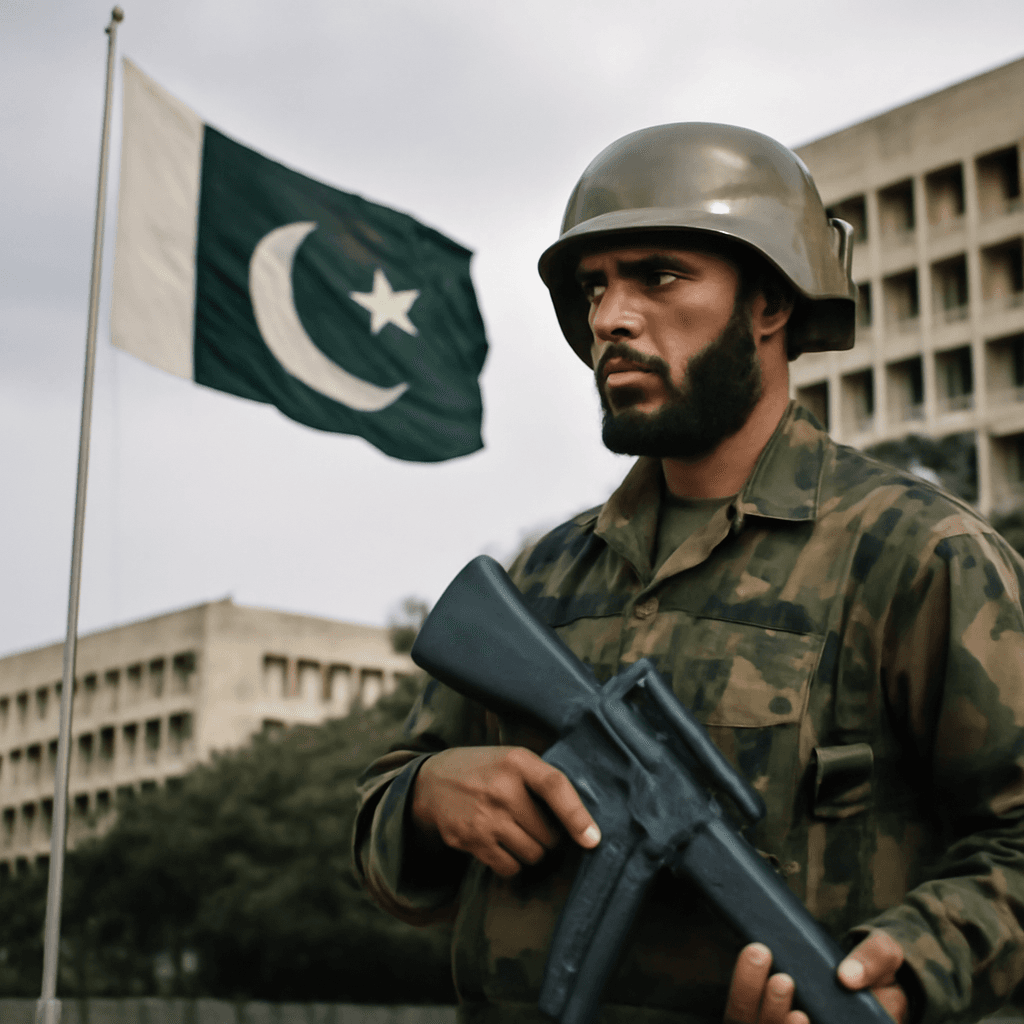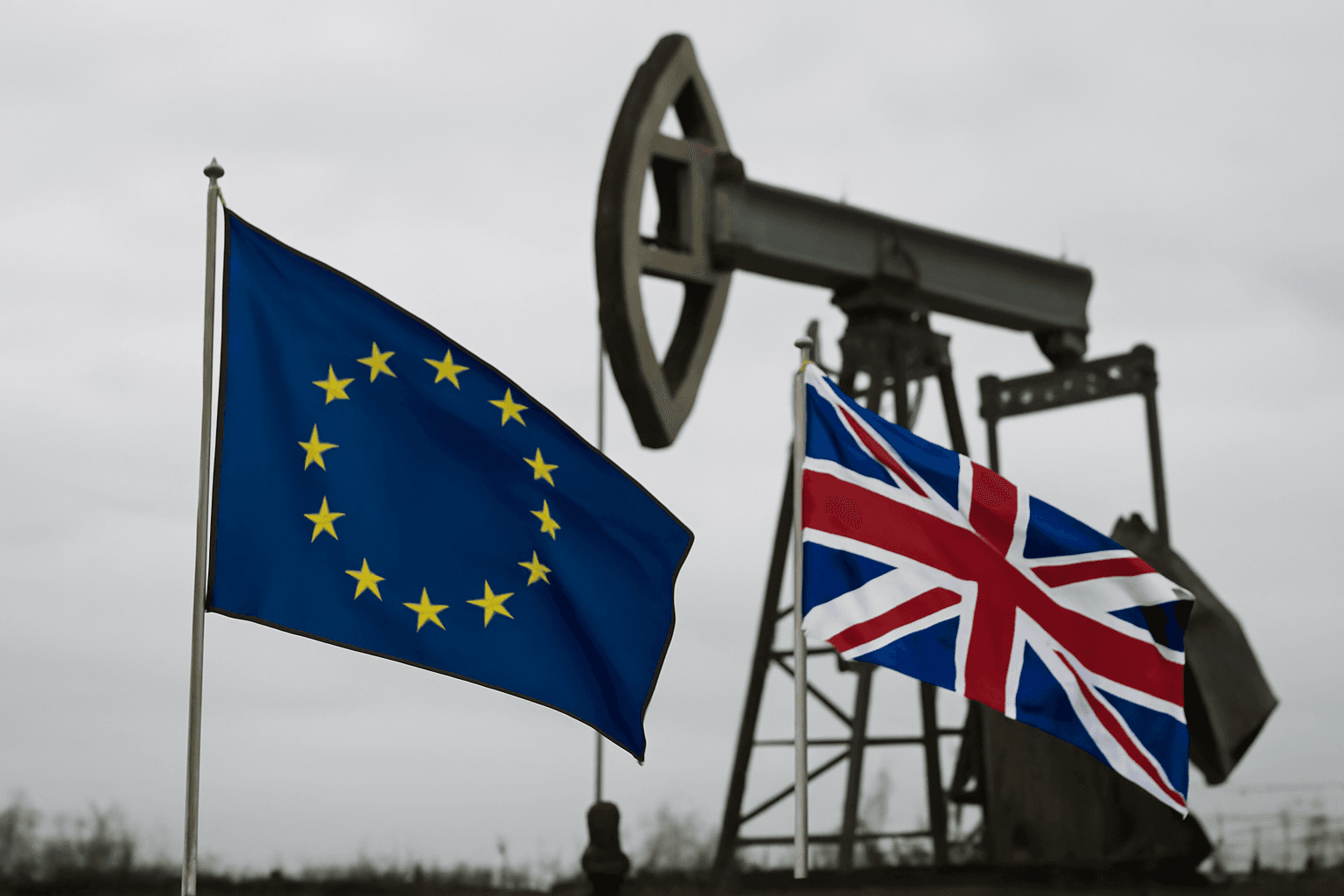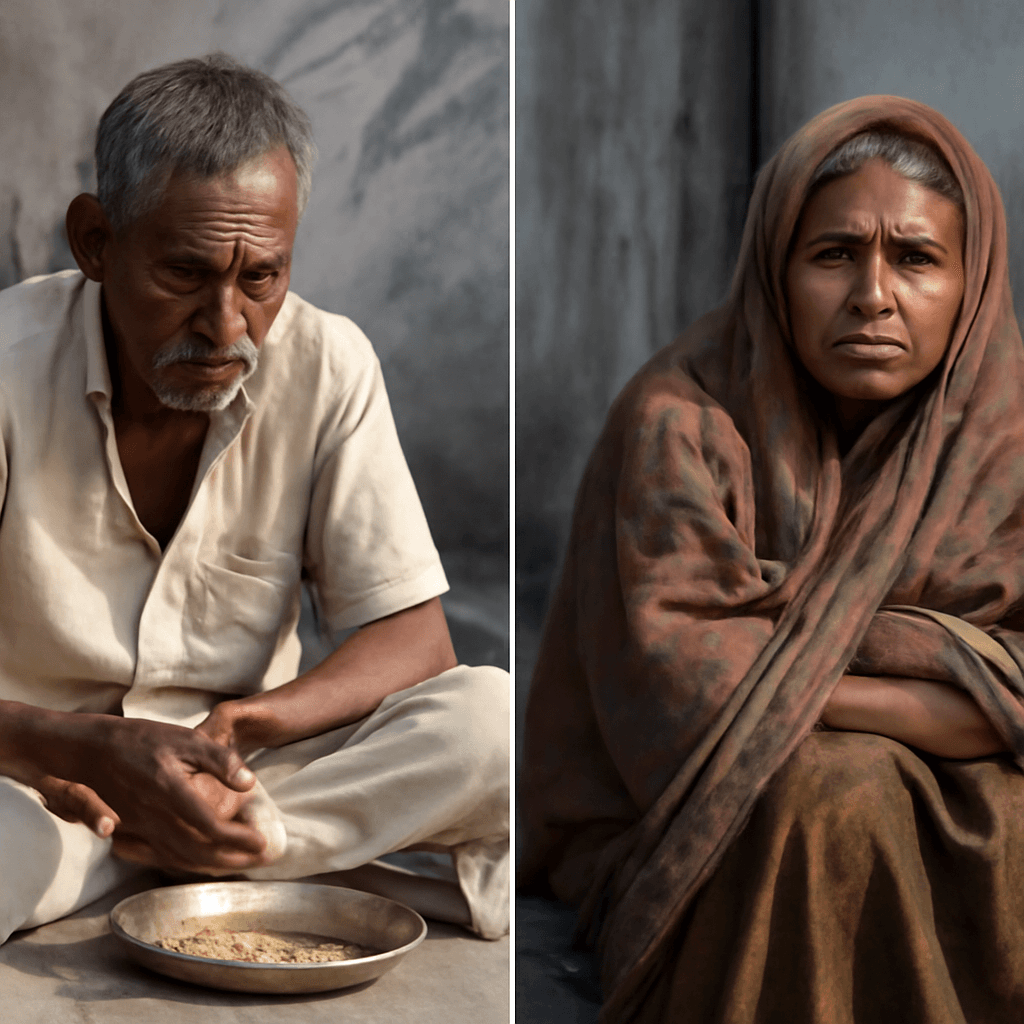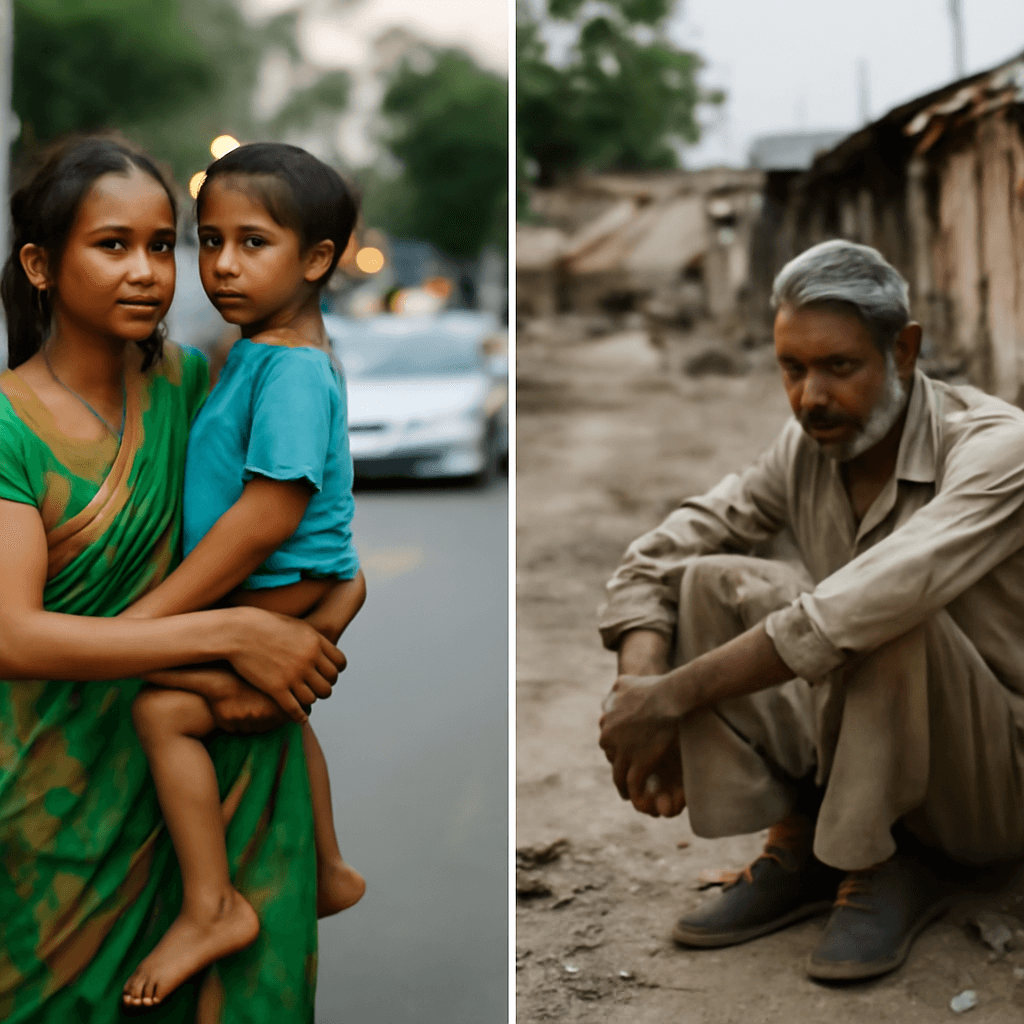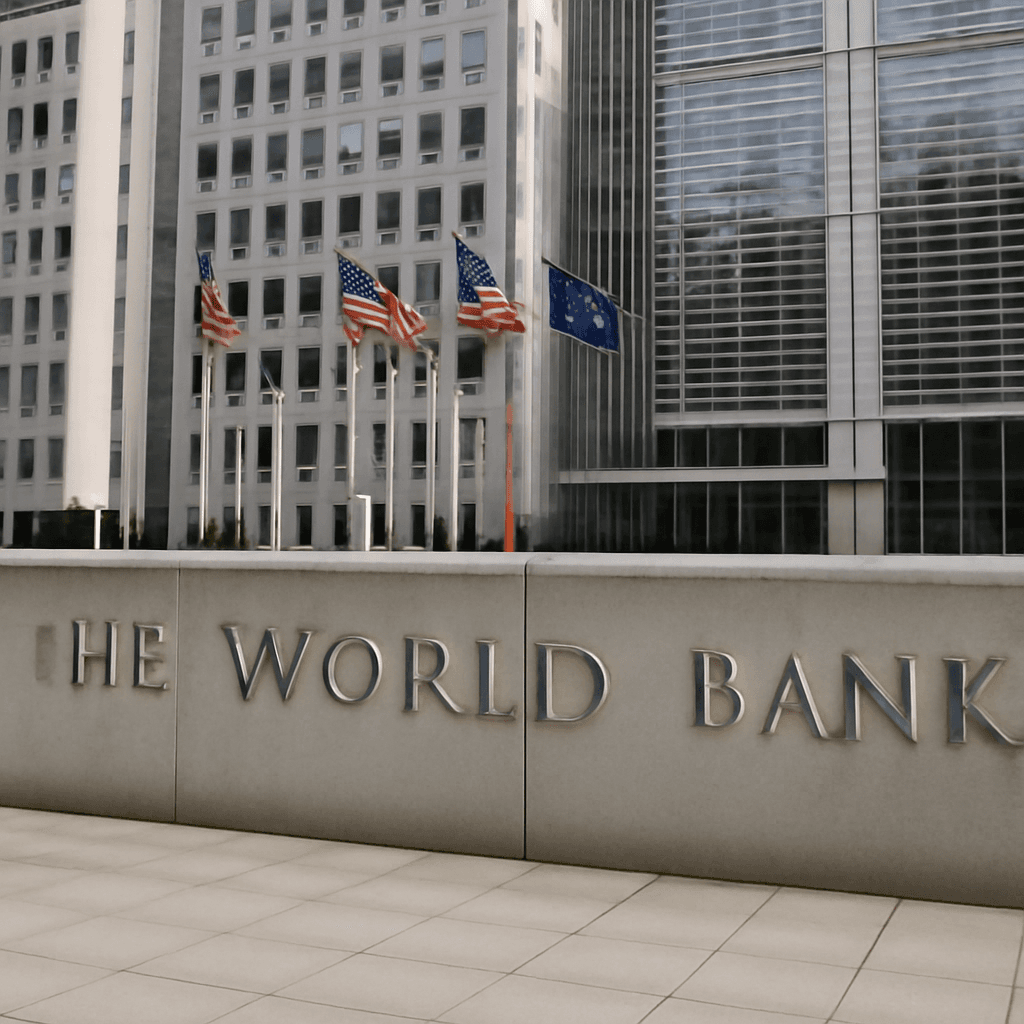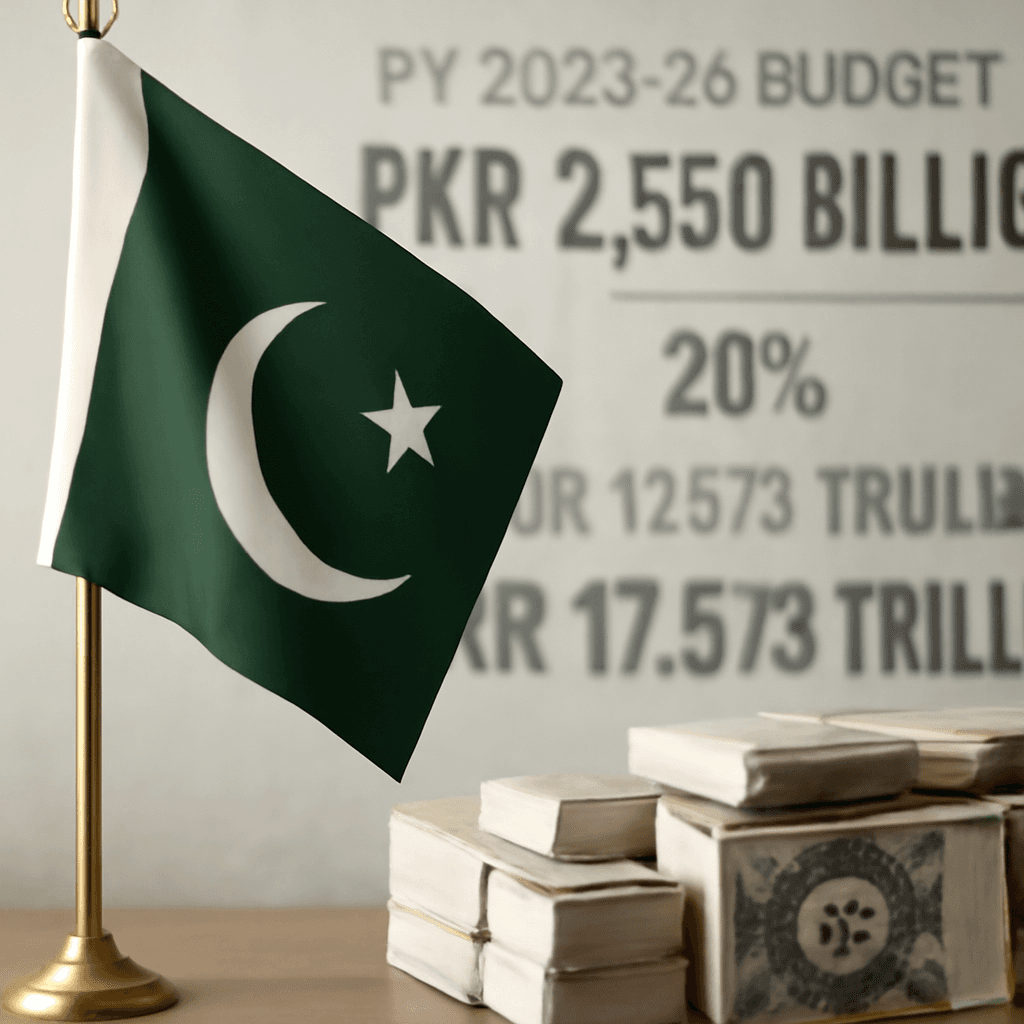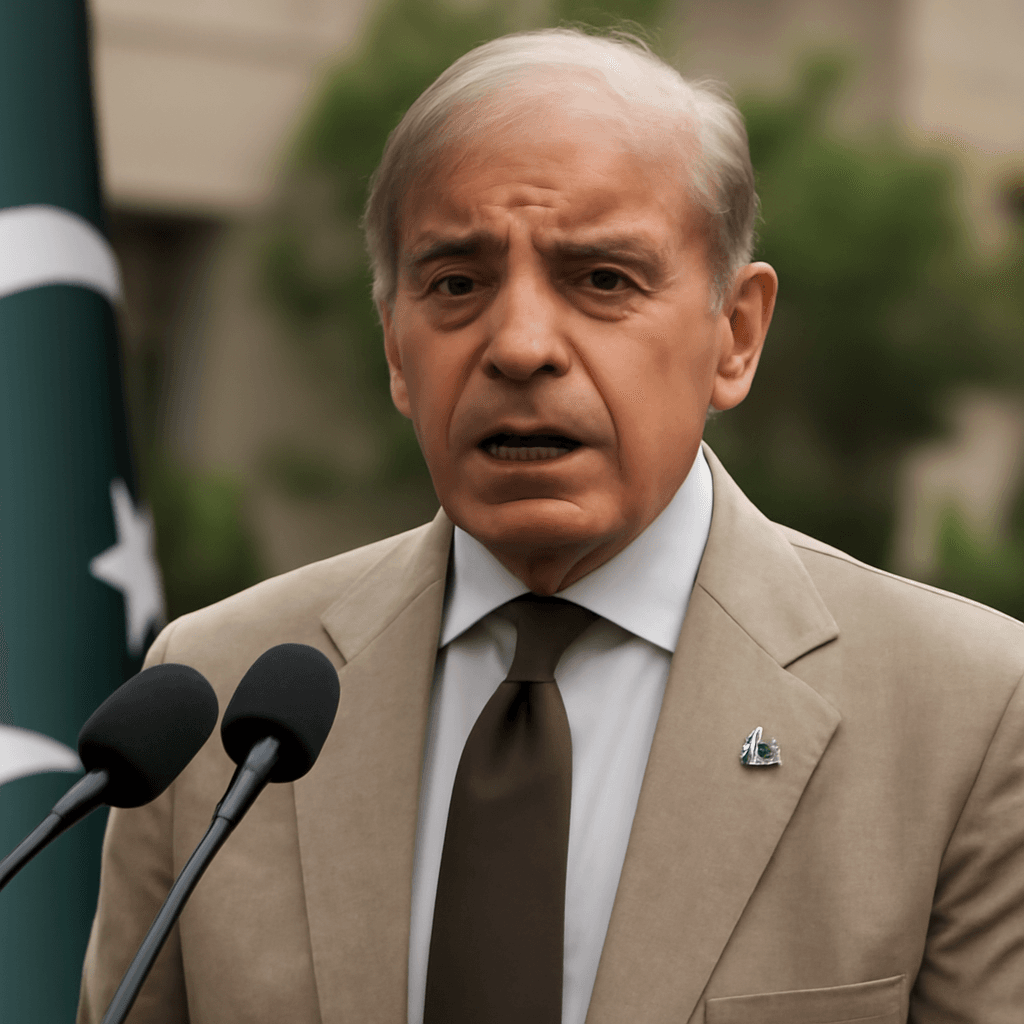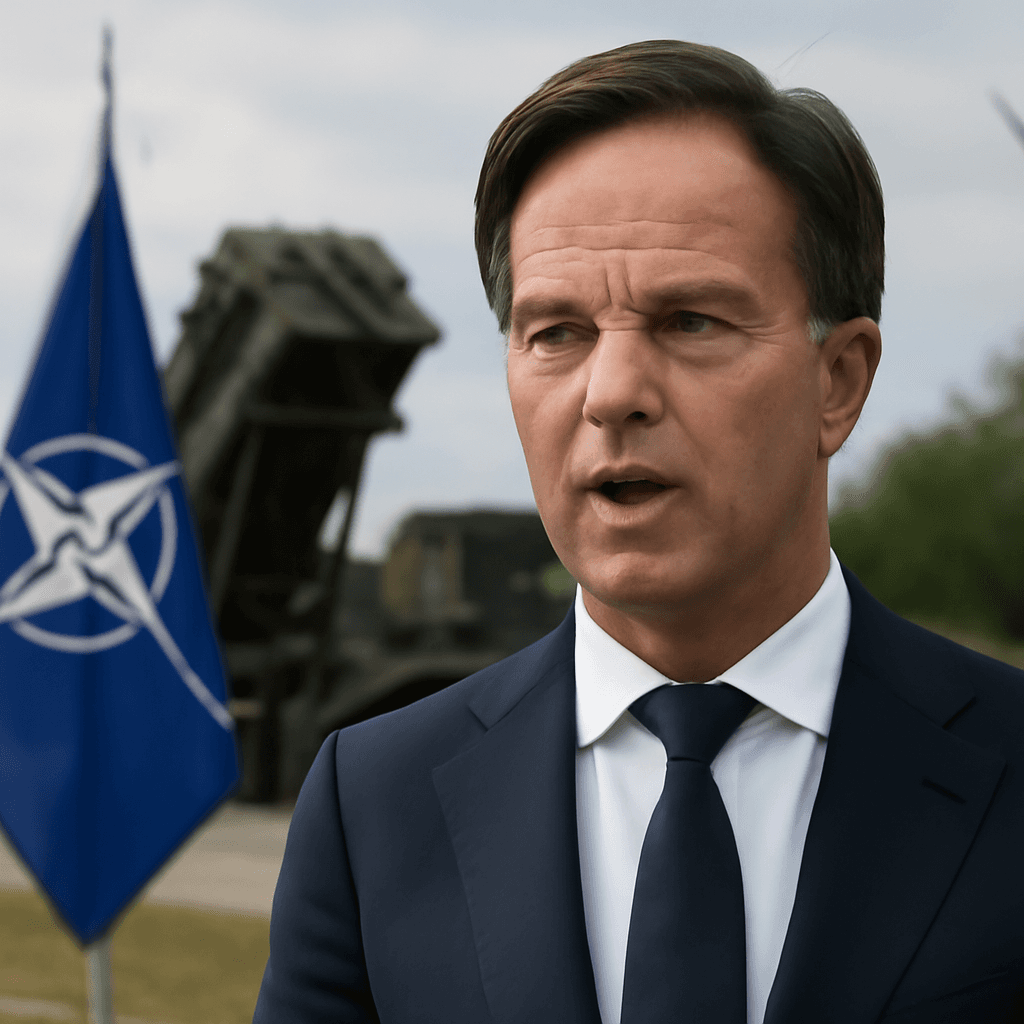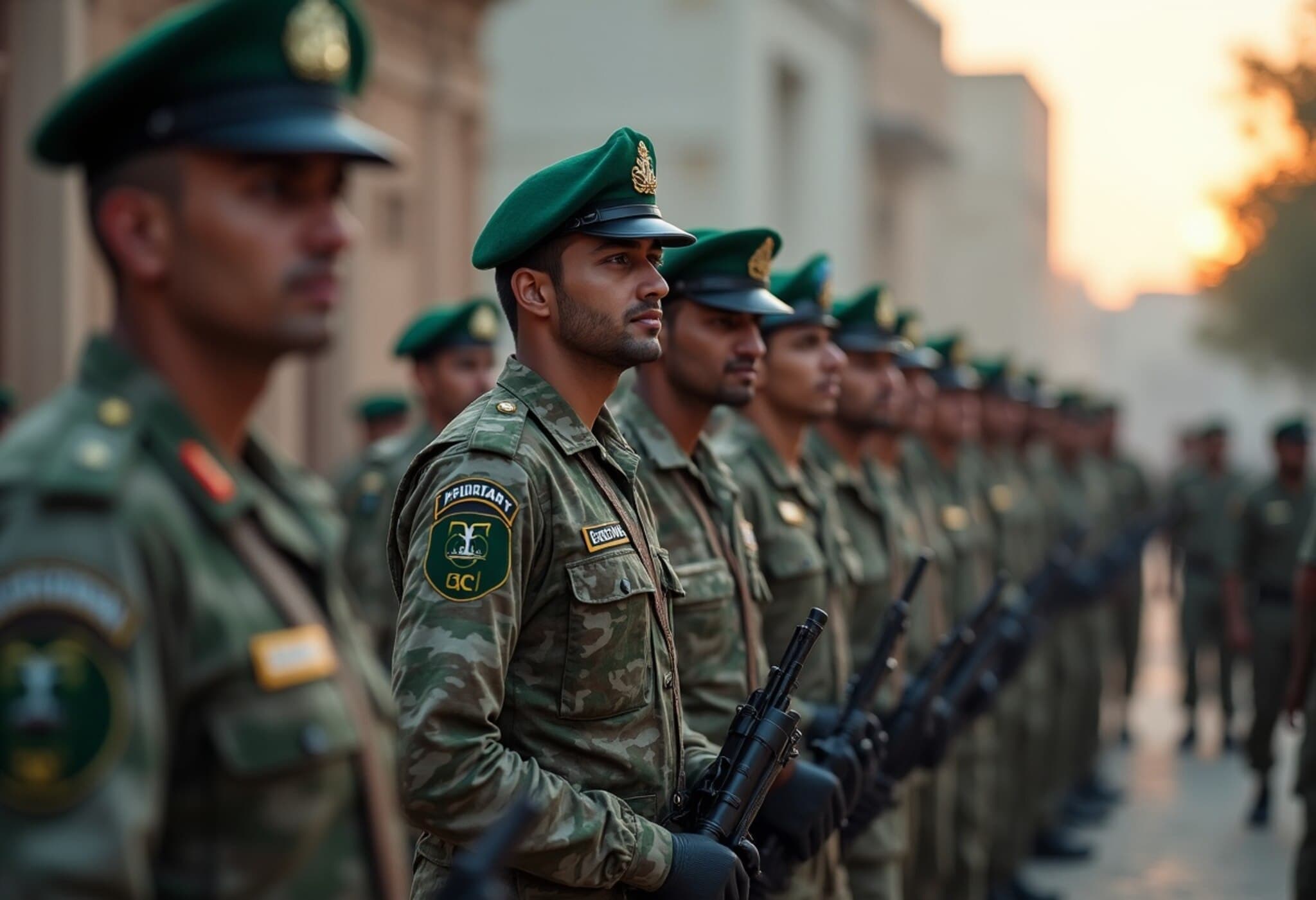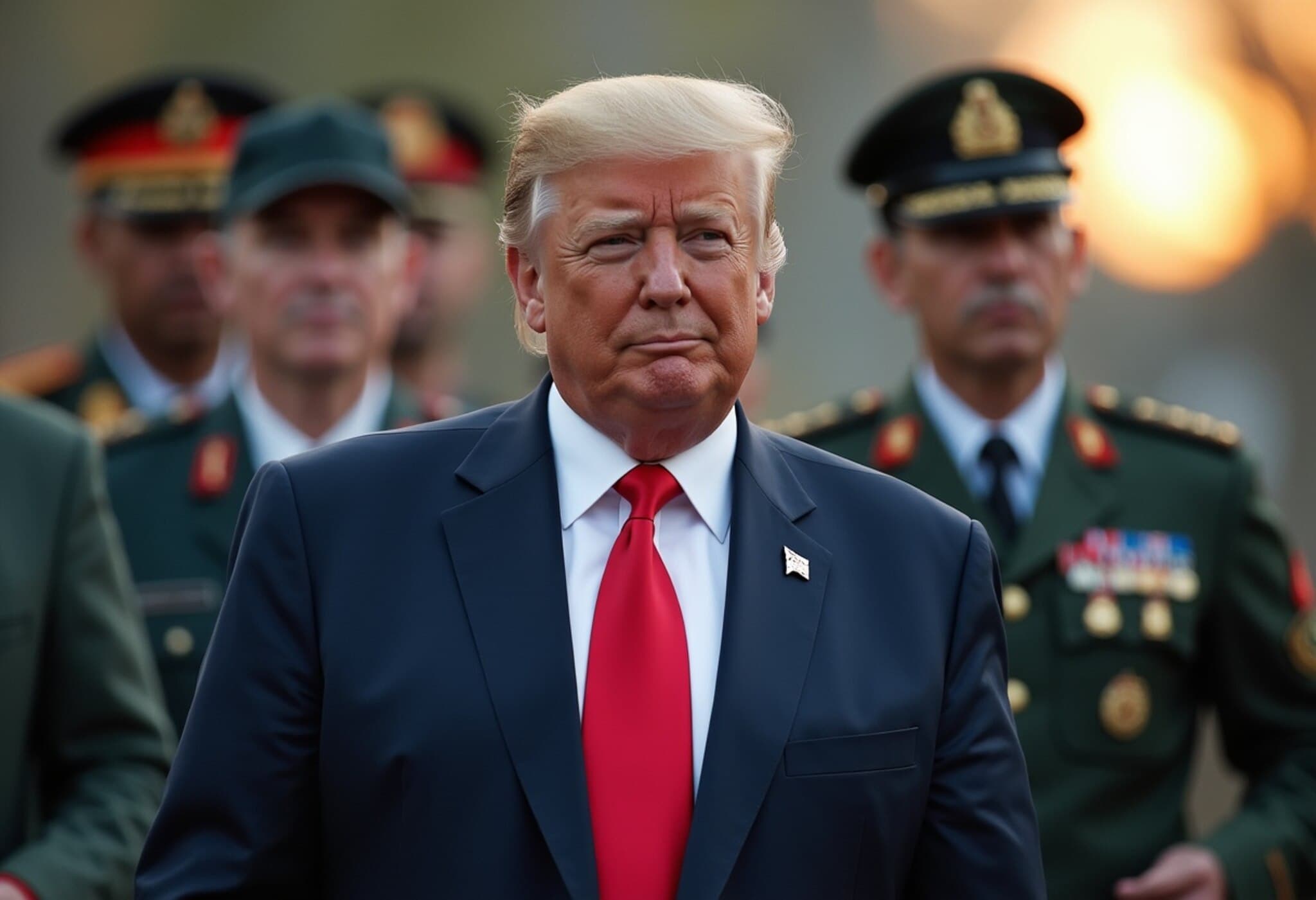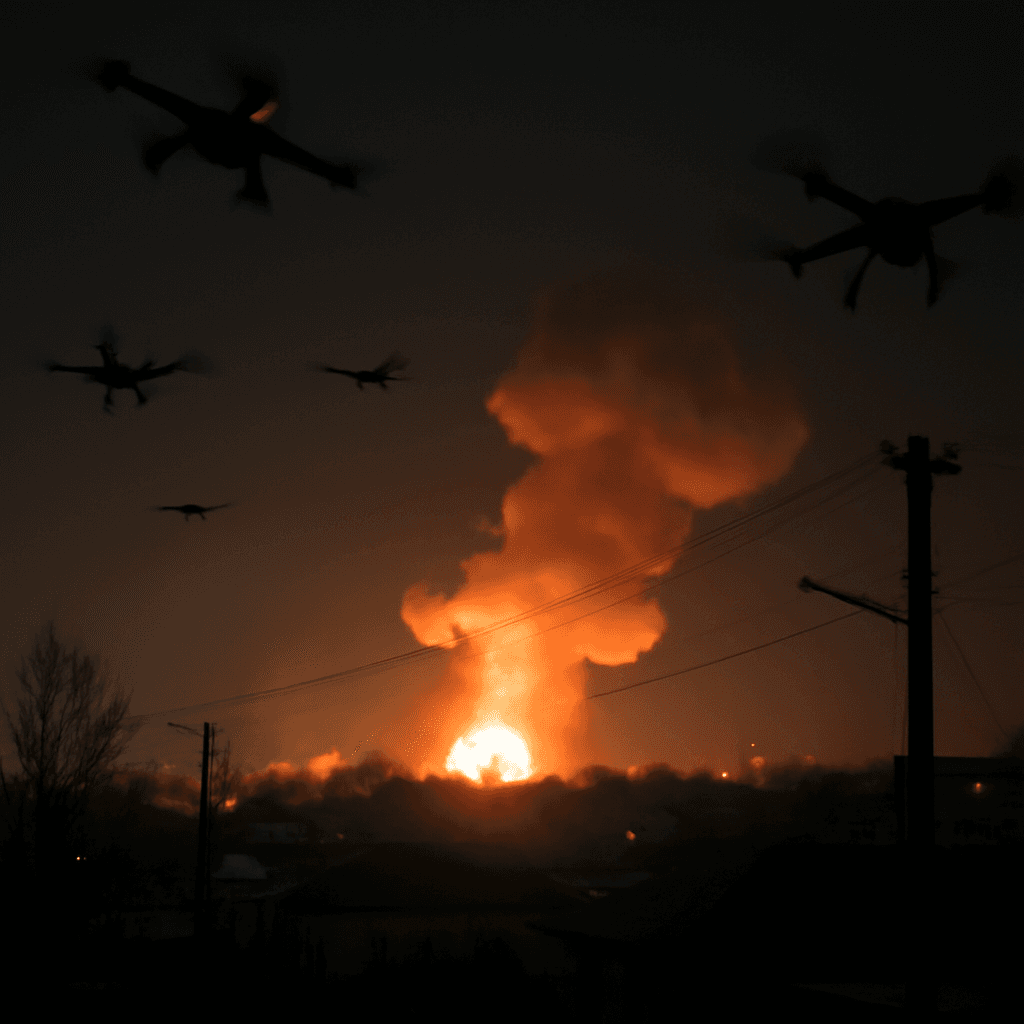Pakistan Increases Defence Budget Amid Economic Turmoil
In a surprising move, Pakistan plans to raise its defence expenditure by nearly 18% for the fiscal year 2025-26, pushing the budget past Rs 2.5 trillion (approximately $14 billion). This hike comes despite the country grappling with record-high debt levels and a faltering economy.
Defence Spending: A Persistent Priority
Historically, Pakistan has prioritized military spending with the aim of maintaining parity with India. The latest decision to boost funding follows a recent four-day conflict and a period marked by violent incidents attributed to Pakistan-backed terror groups. The current coalition government, led by the Pakistan Muslim League-Nawaz (PML-N) and the Pakistan Peoples Party (PPP), justified the increase by referring to a “war-like situation” with India.
Budget Figures and Context
- The 2024-25 defence budget was Rs 2,122 billion, already up nearly 15% from the previous year.
- The upcoming increase would translate to a close to 35% rise in just two years.
- Experts warn that actual spending may exceed planned figures due to heightened military operations.
Pakistan’s Planning Minister Ahsan Iqbal cited India’s suspension of the Indus Waters Treaty and upstream dam projects as reasons for this military reinforcement. He also highlighted expedited work on the $14 billion Diamer-Bhasha Dam, a critical infrastructure initiative backed by China.
Debt Crisis and Economic Risks
Pakistan’s economic outlook is precarious, with debt reaching an alarming PKR 76 trillion as of March, more than doubling since 2020-21. This includes PKR 51.5 trillion in domestic liabilities and Rs 24.5 trillion in external loans.
The Economic Survey has raised red flags about Pakistan’s fiscal sustainability, warning that ballooning debt and ineffective management threaten the country’s economic security.
Despite receiving a $3.5 billion bailout from the International Monetary Fund (IMF) earlier this year, skepticism remains over Pakistan’s commitment to using funds strictly for economic recovery rather than expanding military capacity.
Social Consequences and Misplaced Priorities
Increased military funding, combined with large-scale infrastructure projects like Diamer-Bhasha, risks diverting resources away from urgent social programs. Inflation is soaring, hovering around 38% and nearing 40%, while unemployment and poverty persist as significant challenges.
Critics argue that prioritizing defence over social welfare fuels economic inequality and deepens the hardship endured by ordinary Pakistanis.
Pakistan’s Security Narrative Versus Regional Reality
The government frames India as the chief security threat, using this narrative to justify the inflated military budget. Yet, even with these increases, Pakistan’s defence spending remains a fraction—roughly one-ninth—of India’s expenditure, which stands at nearly $86 billion annually, ranking it fifth globally.
This dynamic not only strains Pakistan’s fragile economy but may also exacerbate regional tensions, especially given Pakistan’s history as a key supporter of terrorism affecting India.
Outlook and International Scrutiny
The international community, including financial institutions and regional observers, will closely watch how Pakistan manages its military spending alongside economic reforms. The balancing act between addressing perceived security threats and stabilizing a troubled economy remains Pakistan’s most daunting challenge.

